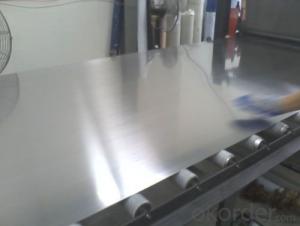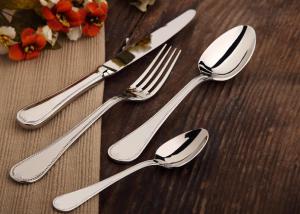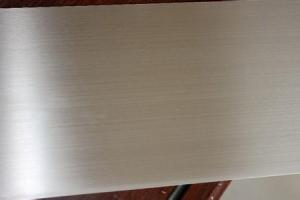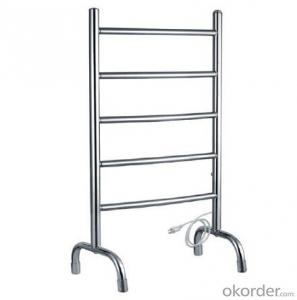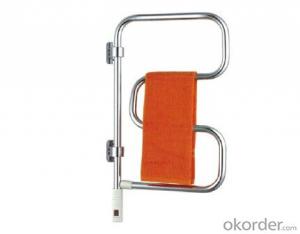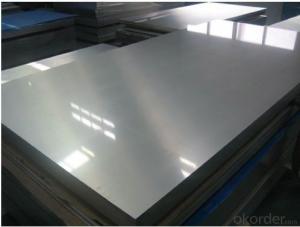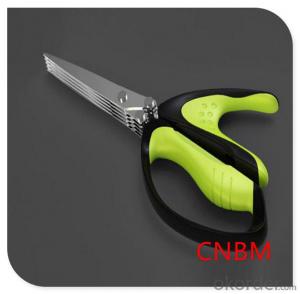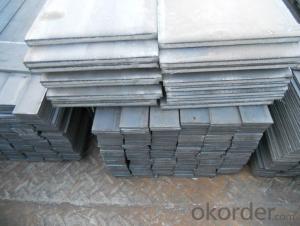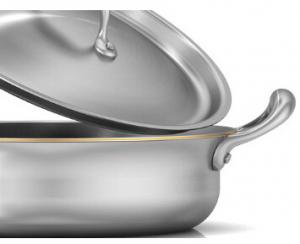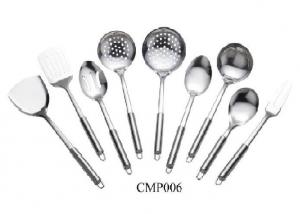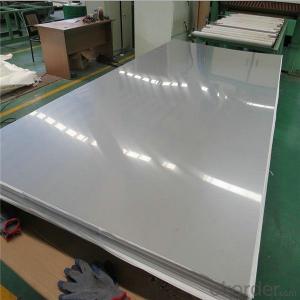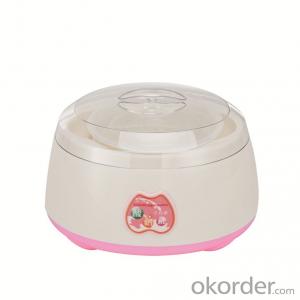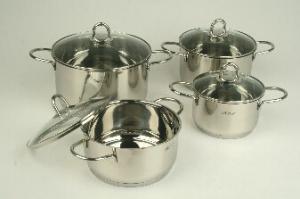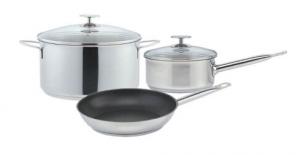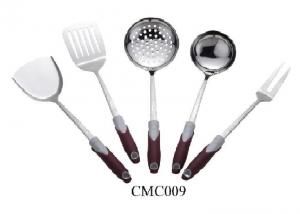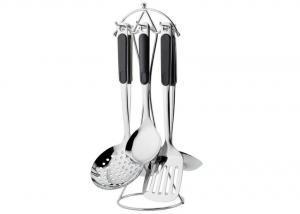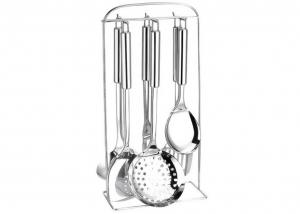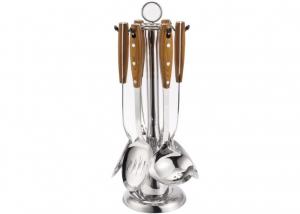Stainless Steel Toddler Plates
Stainless Steel Toddler Plates Related Searches
Stainless Steel Kids Plates Stainless Steel Plates Stainless Steel Wall Plates Stainless Steel Dinner Plates Stainless Steel Charger Plates Stainless Steel Camping Plates Stainless Steel Platter Stainless Steel Cover Plates Stainless Steel Diamond Plate Stainless Steel Switch Plates Stainless Steel Toasters Stainless Steel Kick Plates Stainless Steel Toaster Stainless Steel Shelves Stainless Steel Totes Stainless Steel Divided Plate Stainless Steel Tupperware Stainless Steel Plate For Sale Stainless Steel Dining Chairs Stainless Checkered Plate Stainless Steel Towel Bar Diamond Plate Stainless Steel Toaster Stainless Steel Stainless Steel Cloths Stainless Steel Blenders Stainless Steel Tongs Stainless Steel Flasks Stainless Steel Kitchen Shelves Stainless Steel Wall Shelves Stainless Steel StrainersStainless Steel Toddler Plates Supplier & Manufacturer from China
Stainless Steel Toddler Plates are a popular choice among parents for their durability, safety, and ease of use. These plates are specifically designed to cater to the needs of young children, featuring a non-slip base and easy-to-hold edges that help toddlers develop their self-feeding skills. Made from high-quality stainless steel, these plates are resistant to rust, stains, and scratches, ensuring a long-lasting and hygienic dining experience for your little ones.In various settings such as homes, daycare centers, and preschools, Stainless Steel Toddler Plates are widely used to provide a safe and enjoyable mealtime experience. These plates are perfect for both everyday use and special occasions, as they are easy to clean and maintain. Additionally, their compact size makes them ideal for small hands, reducing the risk of spills and messes while encouraging children to eat independently.
Okorder.com is a reputable wholesale supplier of Stainless Steel Toddler Plates, boasting a vast inventory that caters to the needs of various customers. With a commitment to quality and customer satisfaction, Okorder.com ensures that these plates are available at competitive prices, making them an attractive option for bulk purchases. Whether you are a parent looking to stock up on plates for your child or a business owner seeking to equip your establishment with durable and safe dining ware, Okorder.com is your go-to source for Stainless Steel Toddler Plates.
Hot Products


